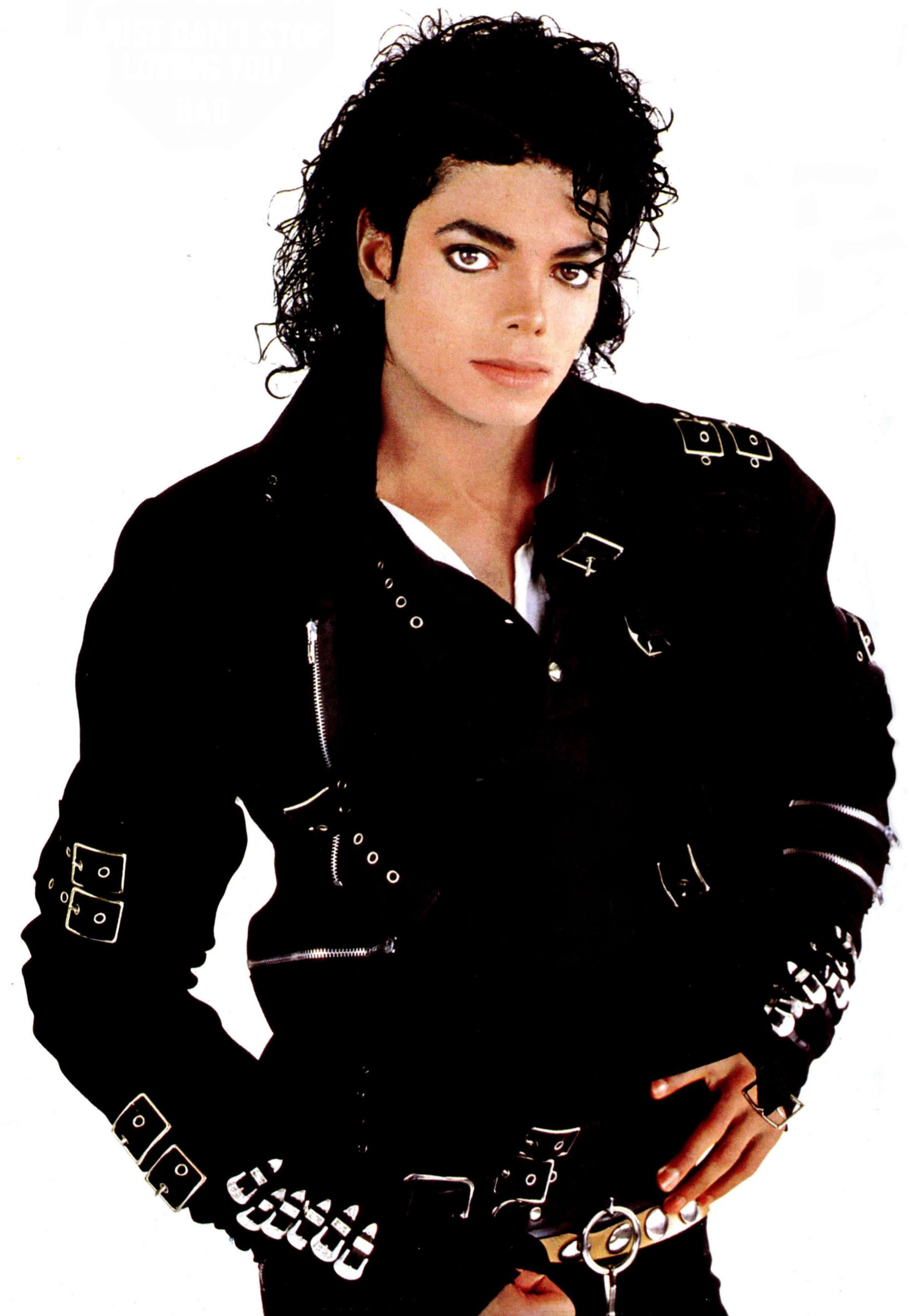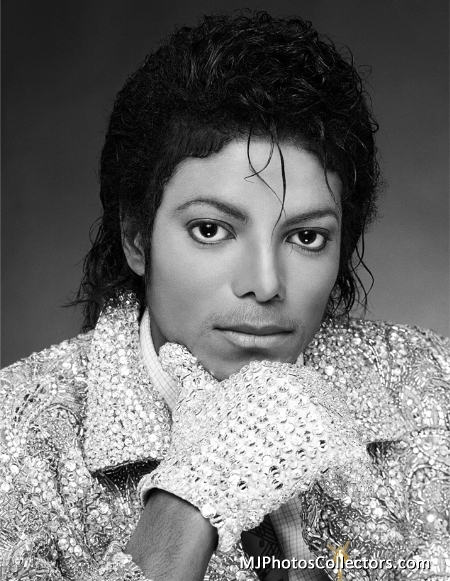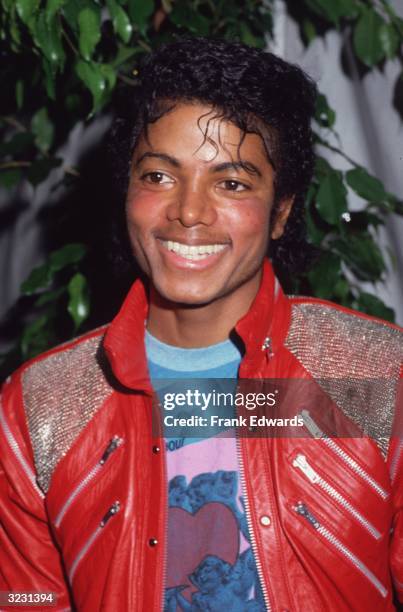Table of Contents
- A Glimpse into Michael Douglas's Story
- How Do We See a Pic of Michael Douglas?
- Digital Representation and Color Accuracy for a Pic of Michael Douglas
- The Underlying Components: What Makes a Pic of Michael Douglas Appear?
- Connecting the Dots: How Does a Pic of Michael Douglas Get to Us?
- Preserving the Image: A Pic of Michael Douglas in Digital Form
- The Challenges of Displaying a Pic of Michael Douglas
- What About the Image Data for a Pic of Michael Douglas?
When we think about a famous person, like Michael Douglas, our minds often conjure up a mental picture, a "pic" if you will, of their presence. These images, whether from movies, news, or personal collections, form a significant part of how we perceive public figures. It's really quite something, how a single image can carry so much meaning and history, giving us a window into someone's public persona.
The way we encounter these visual representations, a particular "pic" of Michael Douglas, for instance, has changed so much over time. What used to be a printed photograph or a moving picture on a screen, now often comes to us through various digital means. This shift brings with it a whole new set of considerations about how these visual elements are captured, stored, and then shown to us, which is pretty interesting when you think about it.
So, considering a "pic" of Michael Douglas, we might start to think about the journey that image takes from its origin to our eyes. It's not just a simple matter of looking at something; there are layers of technology and process involved in presenting that visual information, making sure it looks just right, or at least as intended, for anyone who happens to glance upon it.
- Who Made The First Duck Call
- What Happens To Fiona Shameless
- Mens 400 Meter World Record
- Si Robertson Death
- Bill Skarsg%C3%A5rd Tv Shows
A Glimpse into Michael Douglas's Story
When we consider a "pic" of Michael Douglas, it brings to mind a person who has made a lasting impression in the world of entertainment. His life's work, stretching over many years, has given us so many memorable moments on screen. It is, in a way, a long story of dedication to his craft, showing how someone can truly shape a career that stands the test of time.
He comes from a family deeply rooted in the acting world, which perhaps gave him a unique start. His early experiences, you know, set the stage for what was to follow. From those initial steps, he gradually built a body of work that has been seen by countless people around the globe, creating a very distinct public image.
His career has seen him take on many different kinds of roles, showing a range that few can match. This variety, actually, helps to paint a more complete picture of his abilities as a performer. We've seen him in so many different lights, each "pic" adding another layer to our collective idea of who he is as a public figure.
- Ugly Funny Monkeys
- Victorian Goth
- What Is Hannity Salary
- John Reed Discount
- Sober Before And After Photos
Here are some basic details about Michael Douglas:
| Detail | Information |
|---|---|
| Full Name | Michael Kirk Douglas |
| Date of Birth | September 25, 1944 |
| Place of Birth | New Brunswick, New Jersey, United States |
| Occupation | Actor, Producer |
| Notable Works | Numerous films and television shows |
How Do We See a Pic of Michael Douglas?
Thinking about how a "pic" of Michael Douglas reaches our screens, it’s worth considering the many tiny components that play a part. It's not just a simple image file; there are often little electronic brains, what some might call "PIC" devices, working behind the scenes in the gadgets we use every day. These small pieces of technology help process and display the visual information we see, making sure that a picture, say, of Michael Douglas, appears correctly on our device.
In fact, a lot of the less expensive electrical items we have at home often use these sorts of small, general-purpose parts. You might find that many of these are, let's say, not always from the biggest names in the business. Some of them, for instance, might be based on designs from places like Taiwan, like the EM78xx series, which are pretty common in certain kinds of products. These are the sorts of things that help bring a "pic" of Michael Douglas to life on a simple screen.
Then, there are even more of these parts, some of which are copies of copies, if you can believe it. These are produced in very large numbers, and the cost for each one can be incredibly low, perhaps just a few cents. The sheer volume of these tiny components being made is really quite something to think about, and they are everywhere, even helping to show us a "pic" of Michael Douglas on a device we might not even consider high-tech.
Digital Representation and Color Accuracy for a Pic of Michael Douglas
When we look at a "pic" of Michael Douglas on our screens, we expect the colors to look natural, like what we'd see in real life. However, sometimes, the way a picture is shown can have issues with color. For example, some people have found that certain older photo viewing programs, like Picasa 3, might not always get the colors exactly right. They might show colors that are a bit off, not quite matching the original image's true appearance.
This can be a real concern for anyone who works with photos regularly, as getting the colors accurate is very important for them. If a "pic" of Michael Douglas, or any image for that matter, doesn't have good color reproduction, it can change how we perceive it. It's like seeing a painting where the blues are a little too green, or the reds are a little too orange; it just doesn't feel quite right.
So, while these programs are useful for organizing and looking at pictures, it's worth remembering that the display of a "pic" of Michael Douglas, or any other image, can be affected by the software and the display settings. Making sure the colors are true to life is a consideration for anyone who cares about visual quality, so that the image truly represents what it should.
The Underlying Components: What Makes a Pic of Michael Douglas Appear?
To get a "pic" of Michael Douglas onto a screen, there are often very specific parts that handle the flow of information. For instance, some smaller control units, known as "PIC" boards, typically have dedicated pathways for sending and receiving data. One common pathway is called a UART module, which has specific connection points, often labeled something like RC6 and RC7, that handle the outgoing and incoming signals.
I am not an expert on these particular types of control units, but I have had some experience working with them, just a little, and have also looked up information online before asking about this. It's a field with a lot of specific details, and getting these tiny pieces of equipment to talk to other devices is a key part of making things work, like getting a "pic" of Michael Douglas to show up on a connected display.
After that, you might try to link these control units to other kinds of devices that use a different way of communicating, like an I2C device. This involves making sure the boards can talk to each other, or even trying to get your control unit to communicate with a regular computer. This can be done using special tools, perhaps a buspirate, or a small I2C connector, or even through the display connection point itself, all to help present that "pic" of Michael Douglas.
Connecting the Dots: How Does a Pic of Michael Douglas Get to Us?
Consider a "pic" of Michael Douglas that might be part of a digital device, like a USB item. I once received a pre-made program file, called a hex file, for a "PIC" setup that was designed for a USB connection. The question then becomes, how can one actually look inside this file to figure out what it does and how it works? It's like having a coded message and needing to understand its true meaning.
Trying to understand such a file is about peeling back the layers to see the instructions hidden within. This is often necessary to truly grasp how a particular "pic" or any other data is handled by the device. It's a bit like trying to understand the blueprint of a complex machine without having the original design documents, which can be a real puzzle, naturally.
So, figuring out what a hex file means for a "pic" design is about more than just seeing the file; it's about interpreting the programming. This kind of work helps us to see how the device is meant to function, how it processes information, and ultimately, how it might contribute to displaying something, like a "pic" of Michael Douglas, or any other visual element it handles.
Preserving the Image: A Pic of Michael Douglas in Digital Form
When we want to show a "pic" of Michael Douglas, or any image, digitally, it often involves a series of very quick actions. For example, some might try to make a small light turn on for a moment, then off for a moment, and just keep repeating that. This is often done using a specific type of control unit, like a PIC18F45K22, which is given instructions to perform these actions over and over again.
The instructions for such a task typically include a special part that tells the control unit to wait for a certain amount of time. This waiting period keeps the control unit occupied, so it doesn't move on to the next instruction too quickly. It's like telling someone to pause for a second before doing the next thing, ensuring the timing is just right for showing a "pic" of Michael Douglas, or whatever the visual effect may be.
This process of precise timing and repeated actions is what allows digital images to be displayed smoothly. The control unit is, in a way, constantly working to refresh the image or light up the right parts, ensuring that a "pic" of Michael Douglas appears stable and clear, rather than flickering or being incomplete. It's a pretty fundamental aspect of how digital visuals are presented to us.
The Challenges of Displaying a Pic of Michael Douglas
Working with software and tools for creating digital displays can sometimes present unexpected difficulties. For instance, in just a single month of using a particular setup, like MPLABX5.5 with XC32 3.01, there have been several separate times where the instructions for a program didn't come together correctly. This meant that the program would then fail to work as it should, either right away or after a little while.
These kinds of issues can be quite frustrating, especially when you are trying to get a "pic" of Michael Douglas, or any visual content, to display without problems. When the underlying code doesn't compile properly, it can lead to glitches or even a complete shutdown of the system that's supposed to be showing you the image. It's like trying to build something with faulty parts; it just won't stand up.
So, even with advanced tools, there can be unforeseen hiccups that affect the final output. Ensuring that a "pic" of Michael Douglas is shown without any digital imperfections relies on all the pieces of the puzzle, from the very small components to the software that brings it all together, working in harmony. It's a reminder that the digital world has its own quirks and challenges, as a matter of fact.
What About the Image Data for a Pic of Michael Douglas?
When we consider a "pic" of Michael Douglas, especially how it might be stored or processed, we again encounter the idea of those very common, less expensive electronic parts. Many simple electrical items still use these kinds of small, general-purpose components, some of which are, you know, based on designs from places like Taiwan, like the EM78xx series. These are quite prevalent in many everyday gadgets.
And there are, in fact, even more of these parts being produced, some of them being copies of existing designs, sometimes even copies of copies. The cost for these can be incredibly low, perhaps just a tiny fraction of a dollar, and the sheer number of
Related Resources:



Detail Author:
- Name : Elvis Deckow
- Username : shanelle.okeefe
- Email : tbashirian@hotmail.com
- Birthdate : 1974-07-12
- Address : 627 Verda Unions Suite 699 New Myleneside, NE 88186
- Phone : (657) 442-4463
- Company : Beatty-Pagac
- Job : Automotive Glass Installers
- Bio : Ipsam vel provident rerum non delectus. Nemo quo ipsam molestiae. Sunt doloribus facilis repellat facilis reprehenderit temporibus. Ut rerum impedit rerum.
Socials
twitter:
- url : https://twitter.com/monte_id
- username : monte_id
- bio : Accusamus nam et iusto. Quod voluptatem laborum sit quam molestiae voluptatem labore.
- followers : 4033
- following : 1884
linkedin:
- url : https://linkedin.com/in/monte_jacobson
- username : monte_jacobson
- bio : Amet ex excepturi ea eligendi dolorem.
- followers : 6823
- following : 1581
instagram:
- url : https://instagram.com/monte.jacobson
- username : monte.jacobson
- bio : Aliquam qui sunt cupiditate inventore voluptatem occaecati. Deleniti similique molestiae rerum in.
- followers : 3226
- following : 1414
tiktok:
- url : https://tiktok.com/@monte.jacobson
- username : monte.jacobson
- bio : Quidem et et accusantium dolorum mollitia doloremque omnis.
- followers : 753
- following : 1652
facebook:
- url : https://facebook.com/montejacobson
- username : montejacobson
- bio : Et rerum illo temporibus enim magni occaecati.
- followers : 4456
- following : 1188